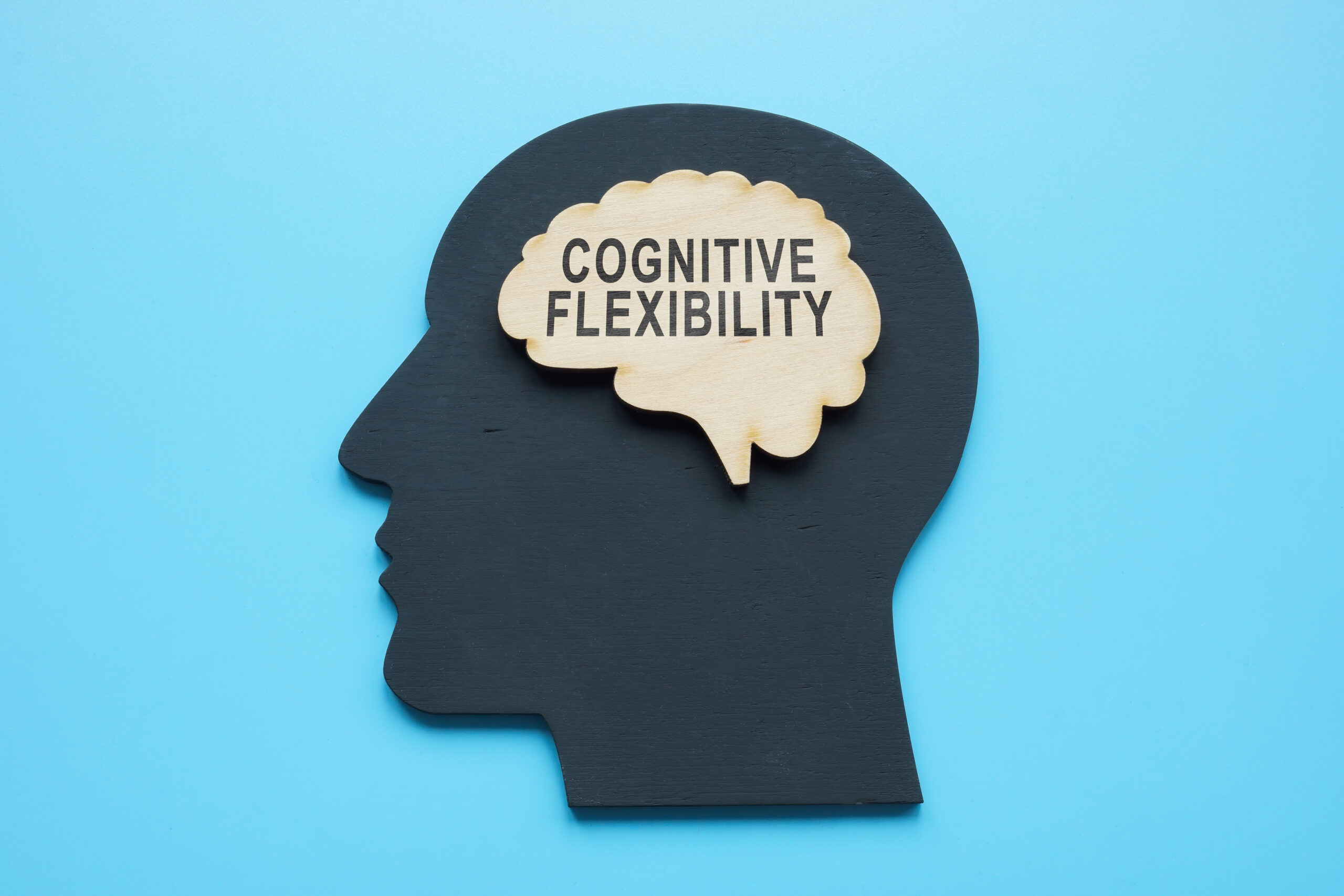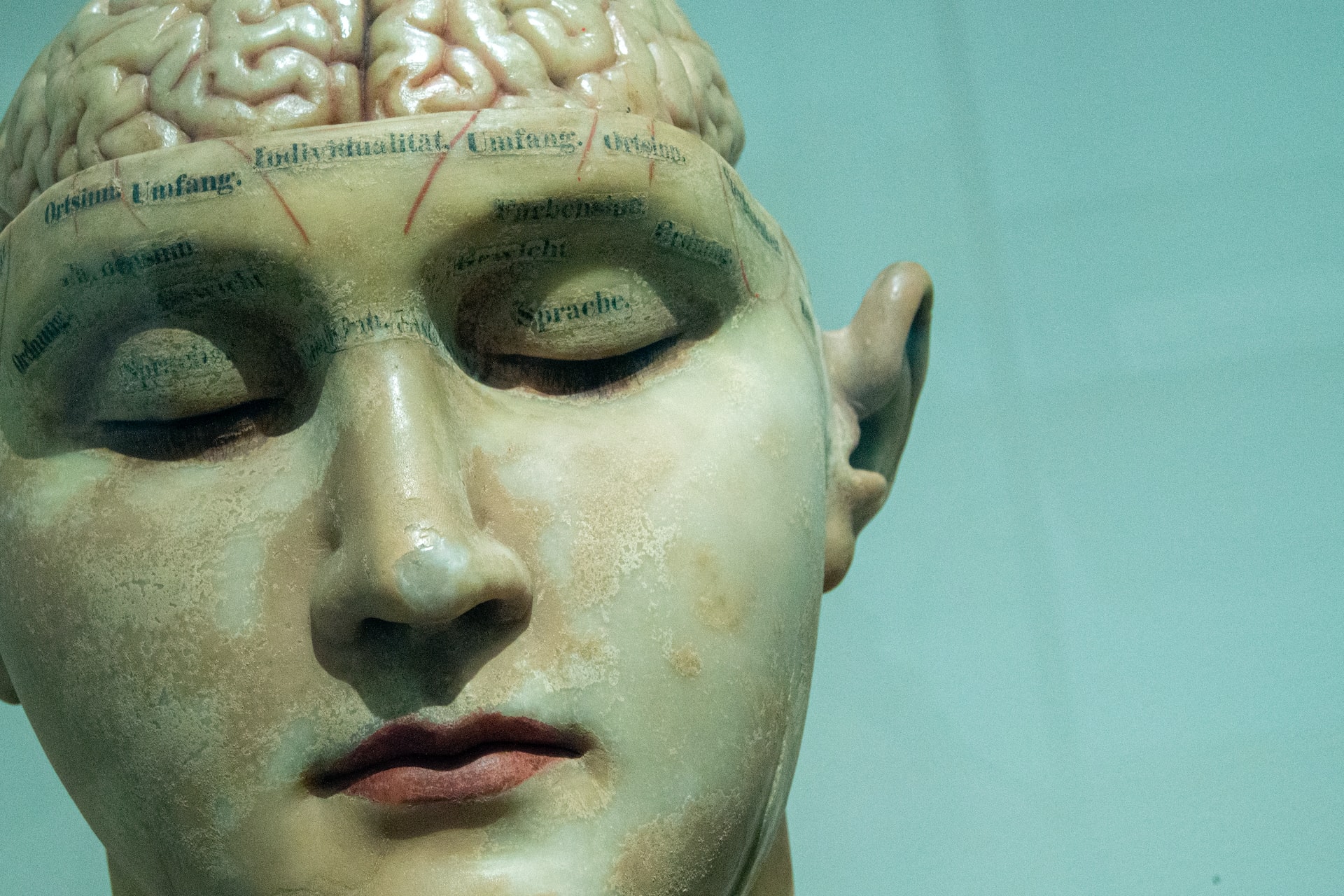Tell me about prosopagnosia alzheimer
Prosopagnosia is a neurodevelopmental disorder that affects the ability to recognize and remember familiar faces. It is also known as face blindness. Alzheimer’s disease, on the other hand, is a progressive neurological disorder that affects memory, thinking, and behavior. While they are two distinct conditions, there is some overlap between them.
To understand the relationship between prosopagnosia and Alzheimer’s disease, it is important to first understand each condition individually.
Prosopagnosia is a rare condition, affecting an estimated 2% of the population. It is caused by abnormalities or damage in the fusiform gyrus, a region of the brain responsible for facial recognition. People with this disorder have difficulty recognizing faces, even those of close family members and friends. They may rely on other features such as clothing, voice, or hairstyle to identify people they know.
There are two types of prosopagnosia: developmental and acquired. Developmental prosopagnosia is present from early childhood and is often hereditary. On the other hand, acquired prosopagnosia is caused by brain injury or damage later in life. This can occur due to stroke, traumatic brain injury, or neurodegenerative diseases such as Alzheimer’s.
Alzheimer’s disease, on the other hand, is a progressive brain disorder that slowly destroys memory, thinking skills, and eventually the ability to carry out daily tasks. It is the most common cause of dementia, accounting for 60-80% of cases. The exact cause of Alzheimer’s is still not fully understood, but researchers believe that it may be a combination of genetic, lifestyle, and environmental factors.
One of the earliest symptoms of Alzheimer’s disease is memory loss. As the disease progresses, it can also affect other cognitive functions such as language, perception, and problem-solving abilities. In the later stages, Alzheimer’s can also impact behavior and motor function.
Now, while prosopagnosia and Alzheimer’s disease are two distinct conditions, they do share some similarities. Both disorders involve impairment in the brain’s ability to recognize and remember faces. However, there are also some key differences between the two.
One of the main differences is that prosopagnosia is specific to facial recognition, while Alzheimer’s affects a wider range of cognitive functions. People with prosopagnosia typically have no trouble with other aspects of memory and cognition, whereas those with Alzheimer’s experience a decline in multiple areas.
Another important distinction is that prosopagnosia is present from an early age, while Alzheimer’s is typically diagnosed in older adults. This means that the underlying causes and risk factors for these conditions are different. While there is evidence to suggest that Alzheimer’s may have a hereditary component, prosopagnosia is thought to be primarily genetic.
So, how do these two conditions relate to each other?
While they may not be directly linked, there have been cases where individuals with Alzheimer’s have also experienced symptoms of prosopagnosia. This is known as Alzheimer’s-associated prosopagnosia. As the disease progresses and damages more areas of the brain, it can affect the fusiform gyrus and lead to difficulties with facial recognition.
Furthermore, studies have shown that individuals with prosopagnosia may have a higher risk of developing Alzheimer’s disease. This could be due to the fact that both conditions involve abnormalities in the same region of the brain. However, more research is needed to fully understand this connection.
In terms of treatment, there is currently no cure for either prosopagnosia or Alzheimer’s disease. However, there are management strategies that can help individuals cope with their symptoms. For prosopagnosia, this may include using different cues to recognize people, such as their voice or distinctive features. For Alzheimer’s, treatments such as medication and cognitive therapy may help slow the progression of symptoms.
In conclusion, prosopagnosia and Alzheimer’s disease are two distinct conditions that share some similarities. Both involve difficulties with facial recognition, but have different underlying causes and risk factors. While there may be some overlap between the two, it is important to understand that they are separate disorders and require different approaches to management and treatment. With further research, we may gain a better understanding of the relationship between these two conditions and potentially develop more effective treatments for both.





